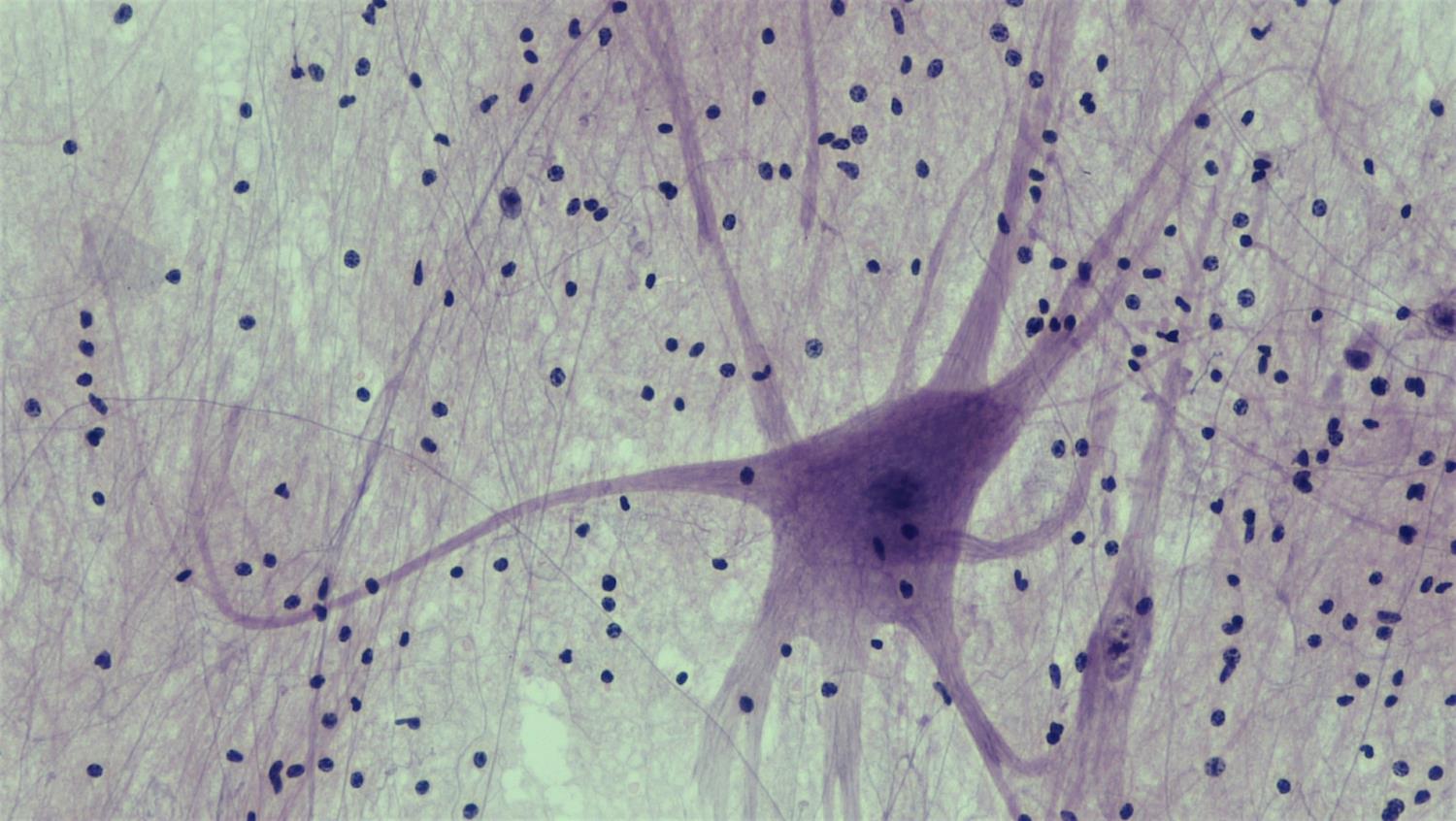
There are a lot of different names for ALS – amyotrophic lateral sclerosis, Lou Gehrig’s Disease, Charcot’s Disease, Motor Neuron Disease, and more. ALS is commonly called a disease, but this is not entirely accurate – it could be more apt to refer to it as a syndrome. While disease and syndrome are sometimes used interchangeably in common use, there are some key differences – and many of them factor into why ALS is such a difficult condition to treat.
The main difference between a disease and a syndrome is that a disease has a defining cause. For example, the common cold, COVID-19, and the flu are all known to be caused by viruses. Diseases like tuberculosis, strep throat, or the bubonic plague are caused by bacteria. There are also genetic diseases, like Huntington’s disease, sickle-cell anemia, and hemophilia that are caused by specific known genetic mutations.
A syndrome, on the other hand, is defined as a group of symptoms that usually occur together. While a syndrome might have certain conditions, such as particular genetic mutations, that cause it to be more likely to occur, they do not have a definitely proved cause. For example, toxic shock syndrome is a condition caused by bacterial infections that can lead to kidney failure and death – the symptoms are the same from case to case, but they can be caused by a number of different kinds of bacteria.
ALS, despite being so often referred to as a disease, has many causes. For example, we have a general understanding of the genetic mutations behind many cases of inherited familial ALS, but know little about what causes the 90% of ALS cases that occur sporadically. In this way it is much more similar to a syndrome – a collection of various, related diseases that produce similar symptoms. This likely accounts for the many variable factors in each case of ALS. It could explain why some people progress extremely fast, while others live decades after their diagnosis, or why some cases are limb onset vs. bulbar onset, and other differences.
This is also a big part of why finding effective treatments for the disease is so difficult. Treatments that might be effective against ALS cases related to one cause might be less effective – or totally ineffective – against another kind of ALS. It’s why it’s unlikely that there will ever be one single cure for ALS, and a variety of different treatments will be necessary to effectively treat it in all its forms.
The ALS Therapy Development Institute’s (ALS TDI) approach to ALS research is shaped by this challenge. It’s why we have developed a robust drug screening program to cast a wide net for medicines that could be effective against different forms of ALS. In order to more effectively test drugs against different forms of the disease, we are working to develop new cellular and animal models of ALS, such as our C9ORF72 zebrafish model. Through the Precision Medicine Program, we seek to gather data and biological samples about ALS from as wide a population as possible in order to learn more about the causes of ALS. With this knowledge in particular, we aim to better understand and differentiate between the many causes of ALS, helping to tailor potential therapies to the people they could most effectively help.
To find out more about ALS TDI’s mission to find effective treatments for every kind of ALS, click here.